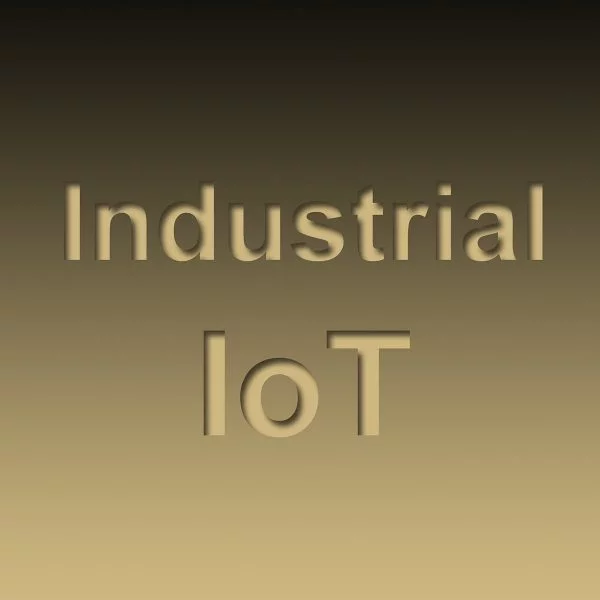
Modeling and Debugging Embedded Systems
FREE
This course can also be taken for academic credit as ECEA 5387, part of CU Boulder’s Master of Science in Electrical Engineering degree. This is part 3 of the specialization. In this course students will learn : * About SystemC and how it can be used to create models of cyber–physical systems in order to perform “what–if” scenarios * About Trimble Engineering’s embedded systems for heavy equipment automation * A deeper understanding of embedded systems in the Automotive and Transportation market segment * How to debug deeply embedded systems * About Lauterbach’s TRACE32 debugging tools * How to promote technical ideas within a company * What can be learned from studying engineering failures CU–Boulder is a dynamic community of scholars and learners on one of the most spectacular college campuses in the country. As one of 34 U.S. public institutions in the prestigious Association of American Universities (AAU), we have a proud tradition of academic excellence, with five Nobel laureates and more than 50 members of prestigious academic academies.
Instructor Details
Courses : 3
Specification: Modeling and Debugging Embedded Systems
|
1 review for Modeling and Debugging Embedded Systems
Add a review Cancel reply
This site uses Akismet to reduce spam. Learn how your comment data is processed.

| Price | Free |
|---|---|
| Provider | |
| Duration | 8 hours |
| Year | 2019 |
| Level | Intermediate |
| Language | English |
| Certificate | Yes |
| Quizzes | Yes |

FREE

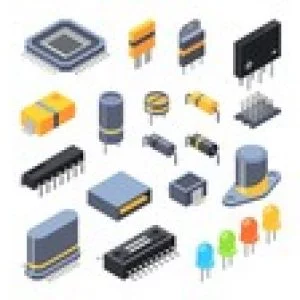
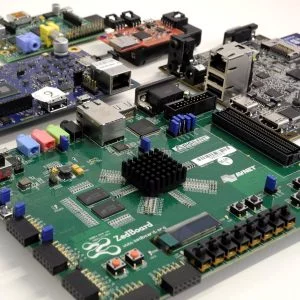
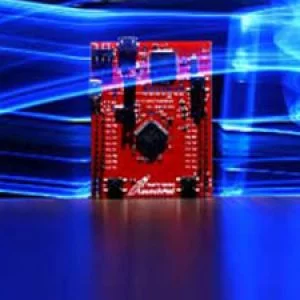

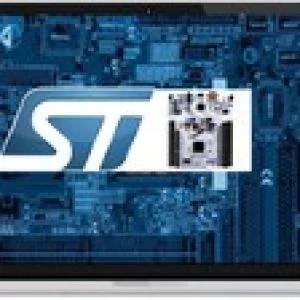
Anni B –
could have been more elaborate assignments should be more challenging system C section should be dealt with more